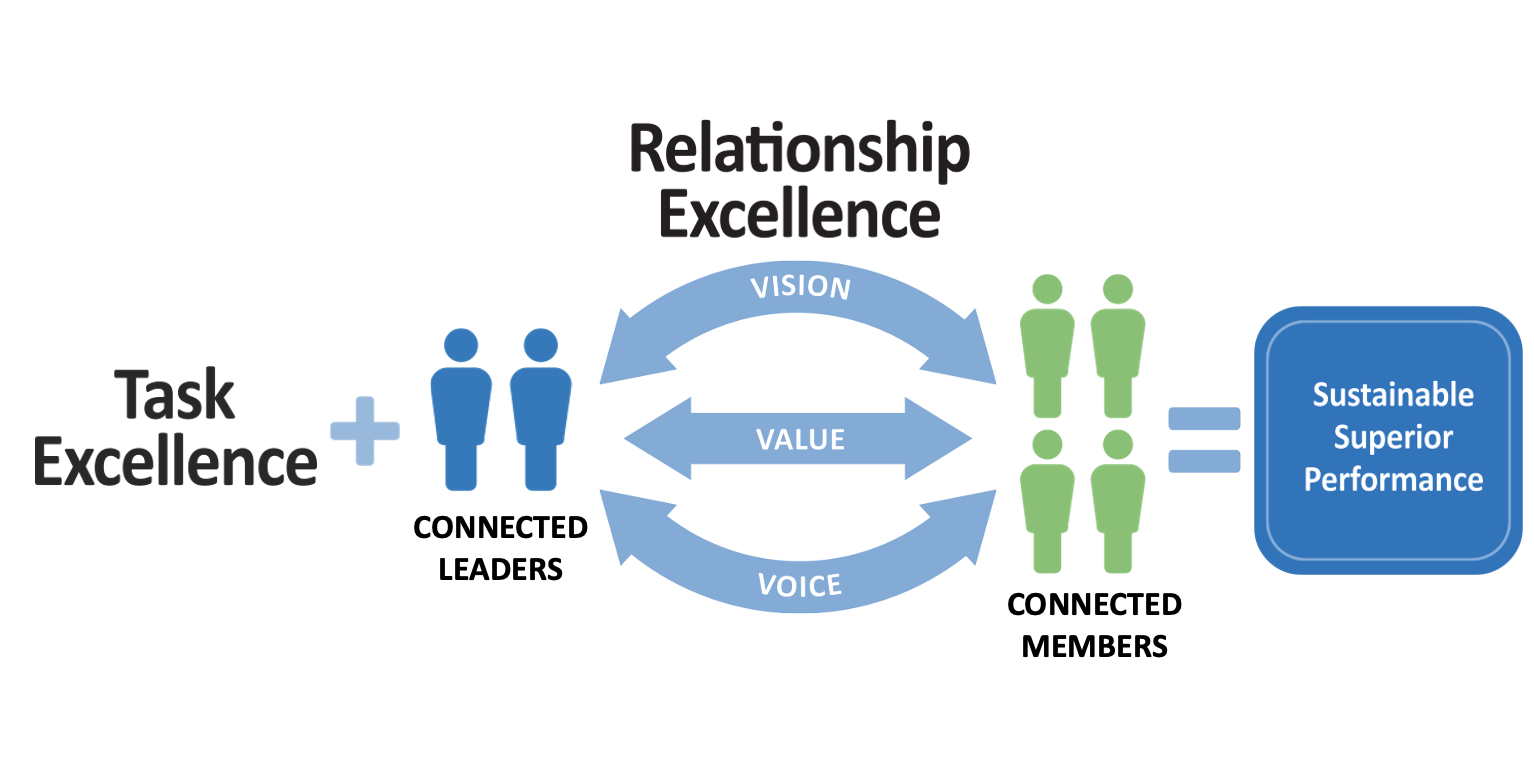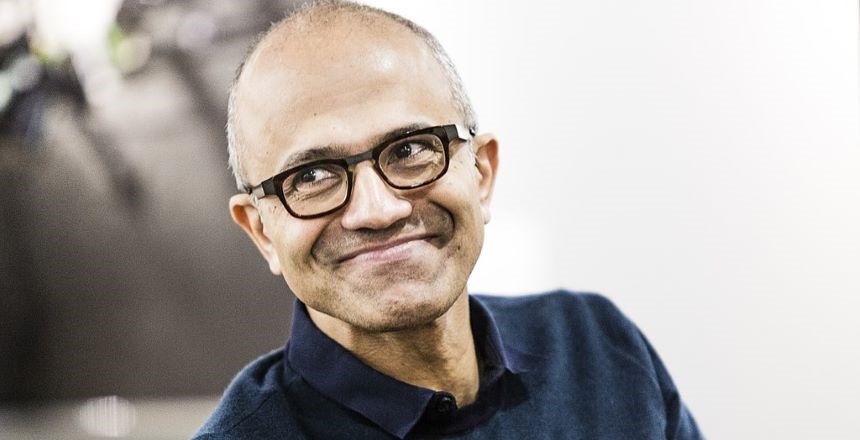First published by Smartbrief on Leadership
As artificial intelligence continues to advance, the internal workings of Microsoft should be a matter of interest to more than just its employees and shareholders. Being a major player in AI, Microsoft will face considerable opportunities, challenges, and even threats of enormous magnitude in the years to come. Is Microsoft ready to navigate well if the sometimes smooth, sometimes choppy waters in the world of technology suddenly turn chaotic?
Highlighting the fragility of our technology infrastructure, last month, a glitch in a software update from the cybersecurity firm CrowdStrike caused computer systems running the Microsoft Windows operating system to crash. And while Microsoft estimated that it affected 8.5 million Windows devices, or less than one percent of all Windows machines, the incident wreaked havoc on organizations worldwide. But it also showed us something about Microsoft as it collaborated and worked quickly with CrowdStrike, Microsoft’s customers, and competitors, including Amazon Web Services and Google Cloud Platform, to remedy the situation.
Looking at Microsoft Through the Lens of Connection Culture
Satya Nadella and his senior leadership team at Microsoft are currently on a roll. Microsoft’s annual revenue has soared from $86 billion to $236.6 billion since Nadella became CEO in 2014 and its stock price has increased 12-fold. It’s no wonder Nadella has been recognized this year as the CEO most admired by fellow Fortune 500 CEOs.
In our work with leaders, we teach them that task excellence + relationship excellence = sustainable superior performance. Of the two equally important variables in that equation, most leaders put the focus on pursuing task excellence, neglecting or downplaying the critical piece of fostering relationship excellence. The peril, as we point out, is that a failure of relationships sabotages tasks and results. A group with a culture of relational disconnection may see short-term success but growing disengagement will hold it back. That’s true, whether it is a small team or a large organization operating globally.
Satya Nadella is clearly not like most leaders. He has developed both task and relationship excellence at Microsoft and has earned the trust of the company’s 221,000 employees who feel connected to him and, as a result, are willing to go all out to achieve the company’s vision.
The employees’ day-in and day-out, lived experience of the culture matters to Nadella. It is foundational. He has said, “[…] in order to get your strategies right and products right, you need two things that really anchor you: that sense of purpose and mission, which gives you direction, and then culture, which makes it even possible for you to pursue that mission.”
Looking through the lens of our Connection Culture framework (see diagram below) with its relationship excellence elements of Vision, Value, and Voice, this article briefly explores how Satya Nadella has cultivated relationship excellence that makes people at Microsoft feel connected to not just him, but to each other and to Microsoft’s customers.
Connection Culture Model of Leadership

©2024 E Pluribus Partners and Michael Lee Stallard
Vision: Uniting Around a Shared Purpose
A compelling vision and mission should inspire an organization’s employees and provide a shared sense of where they are going, why it’s important to get there, and how they are going to get there. It is the banner under which an organization’s goals and activities should align.
Back in 1975, when computers were still massive and required a temperature-controlled room, Microsoft’s founding vision and mission was bold: “A computer on every desk and in every home.” That rallying cry was still in place when Satya Nadella joined as an engineer in 1992. By the end of the 1990s, that once audacious goal was conceivable. Under Steve Ballmer, who followed Bill Gates as CEO in 2000 and preceded Nadella, the qualifying phrase of “running Microsoft software” was added at the end of the vision.
Under Nadella’s leadership, the vision and mission have changed from being centered on Microsoft’s success to focusing more widely on the success of its customers. In 2017 Microsoft announced its strategic vision is “to compete and grow by building best-in-class platforms and productivity services for an intelligent cloud and an intelligent edge infused with AI.” Microsoft’s vision has evolved from being a traditional software company to a forward-thinking technology leader that employs cloud computing, artificial intelligence, and quantum computing to usher in an “intelligence revolution” that allows people to complete more complex tasks while reducing their cognitive load. Nadella articulates this vision by emphasizing Microsoft’s mission to “empower every person and every organization on the planet to achieve more.”
This vision and mission unite employees around a common purpose, driving the company towards significant milestones, such as the growth of Azure, Microsoft’s cloud platform, and the integration of AI capabilities across its product suite. By clearly communicating this vision, Nadella has created a sense of unity and direction that motivates employees to contribute their best efforts towards shared goals.
Value: Respecting and Caring for People
Creating a culture of connection in which employees feel valued as individuals and not treated as mere means to an end requires respecting and caring for people, appreciating and recognizing them for their contributions.
Nadella’s approach to leadership prioritizes getting to know people, including their personal lives, listening to and understanding employees’ needs, and fostering a supportive environment where individuals feel valued and motivated.
It is notable that Nadella views empathy as a core leadership trait. In his book, Hit Refresh: The Quest to Rediscover Microsoft’s Soul and Imagine a Better Future for Everyone, Nadella wrote about personal experiences that have shaped his leadership philosophy in that regard, particularly how the experience of parenting a special needs child impacted him on many levels, opening his perspective. His son Zain, the eldest of his three children, was born with cerebral palsy and passed away in 2022 at age 25. Nadella also credits his wife, Anu, for how she models empathy and for teaching him how to forgive himself. Expanding on that in an interview published in Good Housekeeping, he shared: “Once you come to that deeper realization [that none of us is or will be perfect], you don’t judge as quickly, you listen better and you can amplify people’s strengths versus dwelling on their weaknesses. I think my road to empathy has been possible because of my ability to confront my own mistakes and shortcomings.”
Discussing the role of empathy in a conversation with David Rubenstein on leadership, he spoke of it as “an existential priority for business” and he linked it to innovation. “Our business is to meet the unmet, unarticulated needs of customers. There is no way [this will] come about if we don’t listen — not just to the words, but go deep to understand what the needs are behind it. Empathy is core to innovation. Life’s experiences, if you listen and learn from them, teach you.”
Under Nadella’s leadership, substantial efforts have been made to instill a sense of human value within the culture. Initiatives that demonstrate his commitment to valuing employees range from introducing flexible work policies and investing in employee well-being programs to beginning senior leadership team meetings by celebrating a group in Microsoft that is doing amazing research.
“Care is the new currency for every leader,” he wrote in his letter in Microsoft’s 2021 Annual Report. “Our managers strive to model our culture and values in their actions, to coach their teams to define objectives and adapt and learn, and to care deeply for their employees, seeking to understand their capabilities, ambitions, and invest in their growth.”
Voice: Encouraging Open Communication
The element of Voice is about ensuring people throughout the organization feel they have the opportunity to share their ideas and opinions and they are informed on matters that are important to them. In a culture of connection, this honest dialogue will happen in a manner that safeguards relational connections. A culture that encourages ongoing open communication empowers employees to contribute meaningfully and fosters innovation.
Under Nadella’s leadership, Microsoft has made significant strides in promoting a culture of curiosity and open communication. By shifting Microsoft’s corporate mindset from a “know-it-all” organization to a “learn-it-all” organization, Nadella has cultivated an environment where employees are encouraged to seek knowledge, adapt, and grow.
In Hit Refresh, Nadella described the importance of creating a feedback-rich environment in which employees feel comfortable voicing their opinions and ideas. Toward that end, he has implemented regular town hall meetings and open forums where employees can directly engage with leadership and discuss their concerns and suggestions.
Recognizing that a diverse workforce brings a variety of perspectives and ideas to the table, Nadella has championed diversity and inclusion initiatives. By promoting an inclusive environment, Nadella ensures that all voices are heard and valued, spurring innovation and collaboration across the organization.
Striving to Be a Connected, Collaborative, and Cooperative Organization
The cultural shifts at Microsoft reflect Nadella’s belief that the “C” in his job as CEO stands for culture. “What I realize more than ever now is that my job is curation of our culture,” Nadella shared in an interview. “If you don’t focus on creating a culture that allows people to do their best work, then you’ve created nothing.”
Nadella sees Microsoft’s culture as embodying a “growth mindset,” characterized by an obsession with customers, decision-making derived from a diversity of opinions and perspectives, and behavior that reflects “One Microsoft” — a connected, collaborative, and cooperative organization both internally and with customers and strategic partners.
Satya Nadella exemplifies a leader who is intentional about creating a culture of human connection that fosters both task excellence and relationship excellence. His dedication to working under a shared vision that inspires growth, valuing employees, and giving them a voice has unlocked productivity and innovation, elevating Microsoft’s performance and positioning the organization to navigate what is likely to be a tumultuous decade ahead.
As leaders look to cultivate similar cultures within their teams and organizations, Nadella’s example serves as a powerful testament to the impact of human connection on achieving sustainable success and preparing for a challenging future.
Katharine P. Stallard co-authored this article.
Image of Satya Nadella by Brian Smale and Microsoft via Wikimedia Commons under the Creative Commons Attribution-Share Alike 4.0 International license. Image has been cropped.



